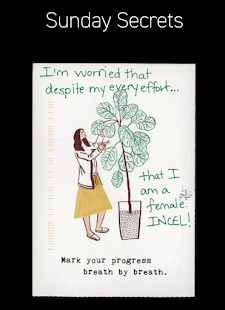Chapter 6 discusses how modern social networks allow for new and unique digital literature. It explains how social networks democratize the production and consumption of media, and also allows for a level of collaboration that traditional forms of media cannot imitate. I really liked Rettbergs description of network art as a sort of performance with the users as the audience. His example, I Work For The Web is really interesting to me because as he points out, the audience is being parodied because they are also "working for the web" and not being paid. It reminds me of fan fiction spaces online where people create and share alternate versions of stories they like.
The piece I have is called How To Rob A Bank by Robert Bigelow. It is a piece created in the spirit of netprov that tells the story of a bank robber all from the screen of his phone. It is a very funny commentary on how social media networks track our information, change how we communicate, and ultimately change how we live. This piece reminds me a lot of the movie Unfriended. The whole film is from the perspective of one of the characters computer screens. The story progresses as they navigate between the skype call and other apps to communicate with each other. It is the same idea in How To Rob a Bank. I think this piece just goes to show how important technology, or more specifically, our phones have become in our lives.


Working for the Web sounds like such an interesting read. It honestly is a good picture of how we interact together in real life.
ReplyDelete